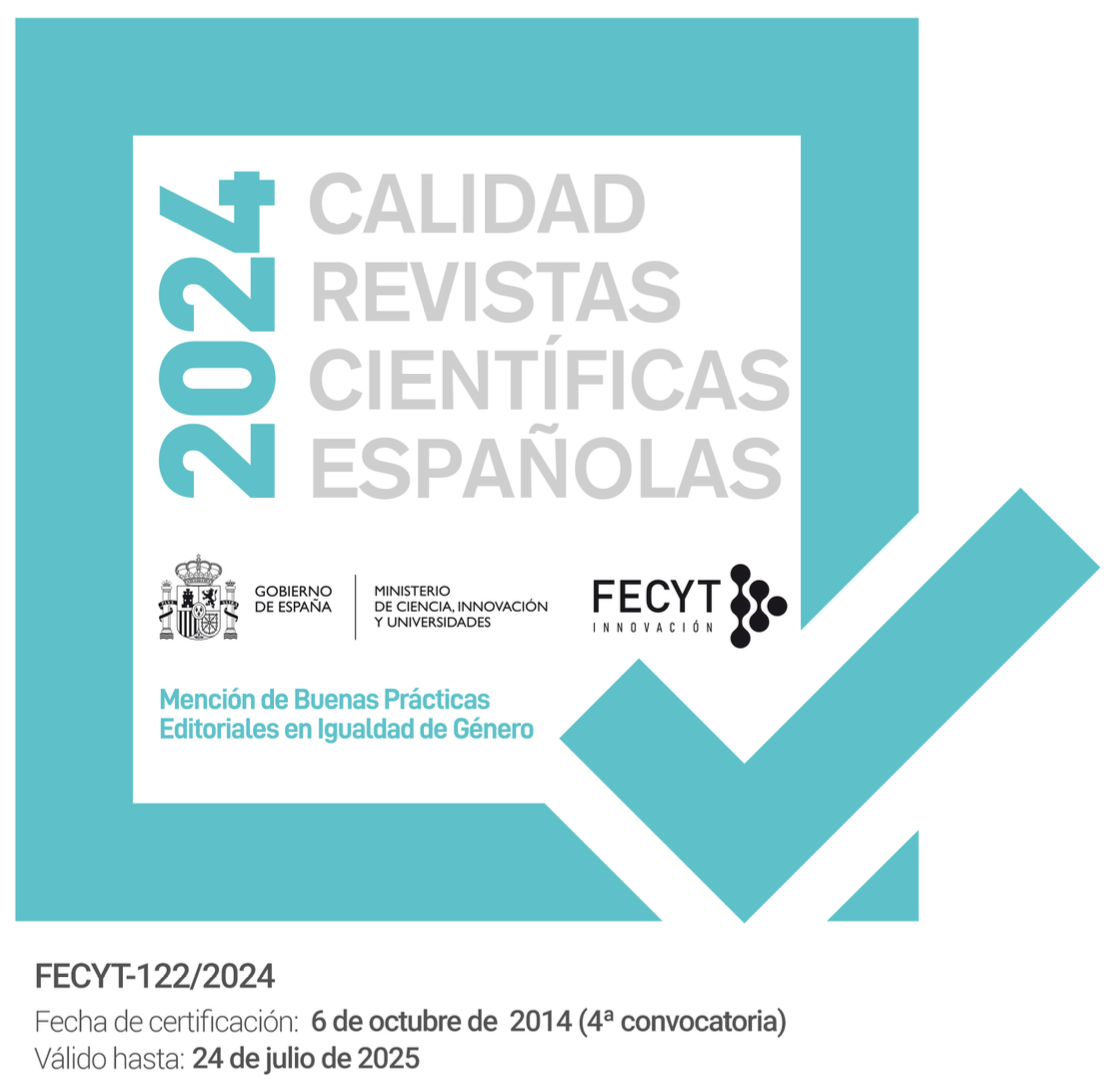Flying Solo: Mobility in Up in the Air
DOI:
https://doi.org/10.28914/Atlantis-2019-41.2.10Abstract
This article analyses the film Up in the Air (Jason Reitman, 2009) to explore one of the ways in which mobilities are reflected in twenty-first century cinema. The film’s main character, played by George Clooney, is presented as a hypermobile traveller that is constantly “on the move” and that has adopted a rootless, nomadic lifestyle that enables him to move at will. Combining contemporary critical theories on mobility with close textual analysis, this article examines the specific type of mobility embodied by the film’s protagonist, based on weightlessness and incessant, frictionless movement, as well as the effects that large-scale mobility has on people’s identities and on the ways in which they relate to other people. As will be argued, the protagonist’s mobility is portrayed differently as the film develops, calling attention to the shortcomings of the highly mobile way of life in the contemporary world.
Keywords: Up in the Air; mobility; mobile elite; mobile intimacy; George Clooney; gender
Downloads
References
Augé, Marc. 2006. Non-places: Introduction to an Anthropology of Supermodernity. London: Verso.
Barker, Andrew. 2009. “Are they Really Acting?” Variety, December 29. [Accessed online on July 7, 2019].
Bauman, Zygmunt. 1998. Globalization: The Human Consequences. Cambridge: Polity.
—. 2002. The Individualized Society. Cambridge: Polity.
Beck, Ulrich and Elisabeth Beck-Gernsheim. 2002. Individualization. London: Sage.
Castells, Manuel. (1996) 2011. The Rise of the Network Society. Vol. 1 of The Information Age: Economy, Society and Culture. 2nd ed. Oxford: Wiley-Blackwell.
Coen, Joel and Ethan Coen, dirs. 2003. Intolerable Cruelty. Universal Studios.
Cresswell, Tim and Tanu P. Uteng. 2008. “Gendered Mobilities: Towards an Holistic Understanding.” In Uteng and Cresswell 2008, 1-12.
Du Preez, Amanda. 2015. “Re-imagining Place, Home and Belonging Up in the Air.” Critical Arts 29 (6): 785-800.
Ebert, Roger. 2009. “Up in the Air.” Rogerebert.com, December 2. [Accessed online on September 4, 2017].
Echart, Pablo. 2014. “La futilidad del éxito en tres comedias de George Clooney: Crueldad intolerable, Up in the Air y Los descendientes.” Revista científica de cine y fotografía 8: 109-32.
Elliott, Anthony and John Urry. 2010. Mobile Lives: Self, Excess and Nature. New York and London: Routledge.
Gilroy, Tony, dir. 2007. Michael Clayton. Warner Bros. Pictures.
Gössling, Stefan et al. 2009. “Hypermobile Travellers.” In Gössling and Upham 2009, 131-50.
Gössling, Stefan and Paul Upham, eds. 2009. Climate Change and Aviation: Issues, Challenges and Solutions. London: Earthscan.
Hjorth, Larissa and Sun S. Lim. 2012. “Mobile Intimacy in an Age of Affective Mobile Media.” Feminist Media Studies 12 (4): 477-84.
Nystrom, Derek. 2014. “At Home in Crisis: The Alienated Emotional Labor of Up in the Air.” Radical History Review 118: 175-81.
Pomerance, Murray, ed. 2012. Shining in Shadows: Movie Stars of the 2000s. New Brunswick, NJ: Rutgers UP.
Puig, Claudia. 2009. “Timely Up in the Air Rises to Challenge with Humor, Heart.” USA Today, 4 December. [Accessed online on September 4, 2017].
Raiti, Gerard C. 2007. “Mobile Intimacy: Theories on the Economics of Emotion with Examples from Asia.” M/C Journal 10 (1). [Accessed online on August 20, 2017].
Reitman, Jason, dir. 2009. Up in the Air. Paramount Home Entertainment.
Reitman, Jason et al. 2009. “Interview: Up in the Air’s Jason Reitman, Vera Farmiga, Anna Kendrick and Walter Kirn.” By Perri Nemiroff. Cinemablend.com, November 5. [Accessed online on September 6, 2017].
Sheller, Mimi. 2008. “Gendered Mobilities: Epilogue.” In Uteng and Cresswell 2008, 257-65.
—. 2014. “The New Mobilities Paradigm for a Live Sociology.” Current Sociology 62 (6): 789-811.
Soderbergh, Steven, dir. 2001-2007. Ocean’s Trilogy. Warner Bros. Pictures.
Sterrit, David. 2012. “George Clooney: The Issues Guy.” In Pomerance 2012, 220-37.
“Up in the Air: A Down-to-Earth Take on Modern Life.” 2010. Guardian, January 6. [Accessed online on September 6, 2017].
Urry, John. 2000. Sociology Beyond Societies: Mobilities for the Twenty-First Century. London: Routledge.
—. 2007. Mobilities. Cambridge: Polity.
Uteng, Tanu P. and Tim Cresswell, eds. 2008. Gendered Mobilities. Aldershot: Ashgate.








